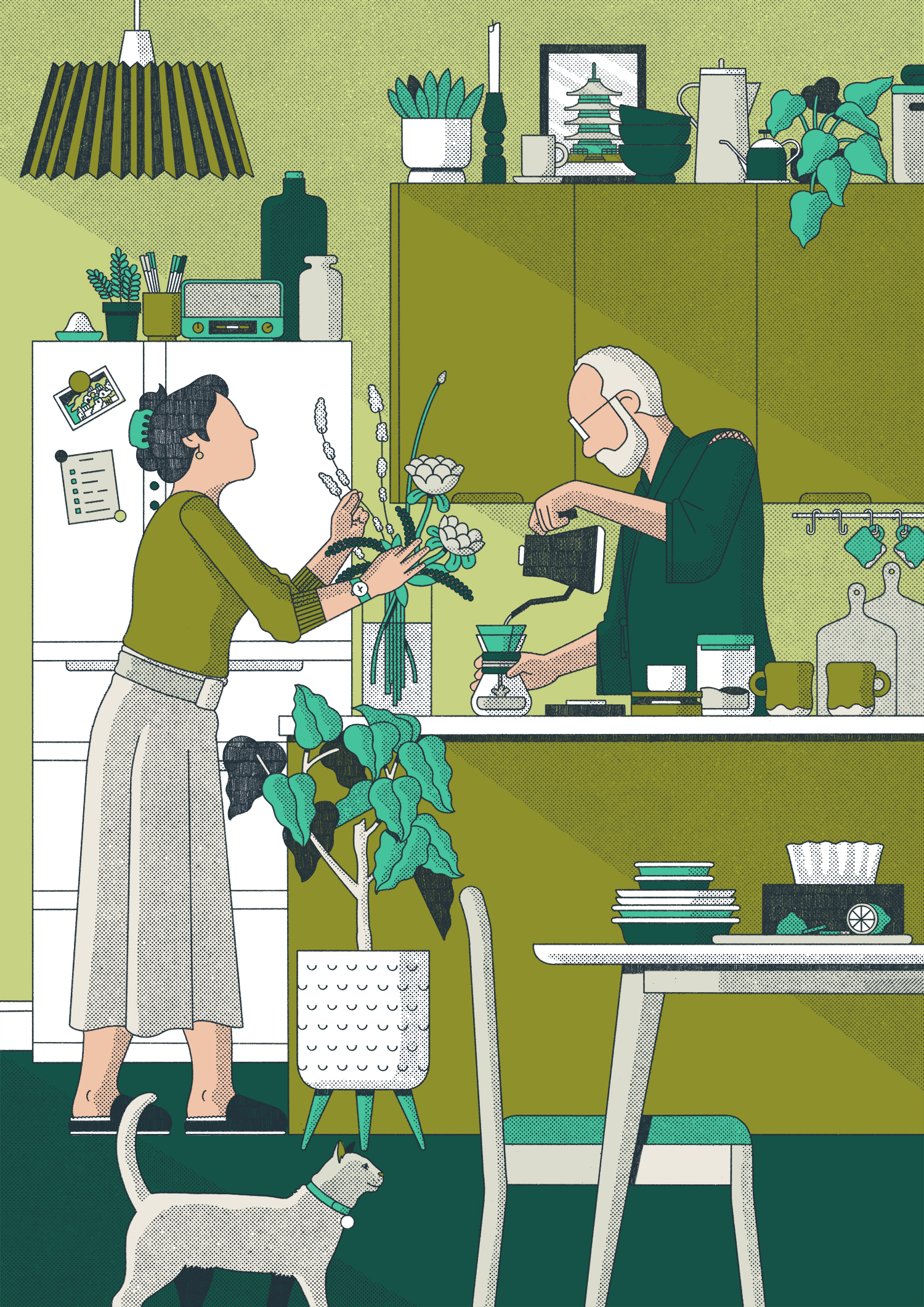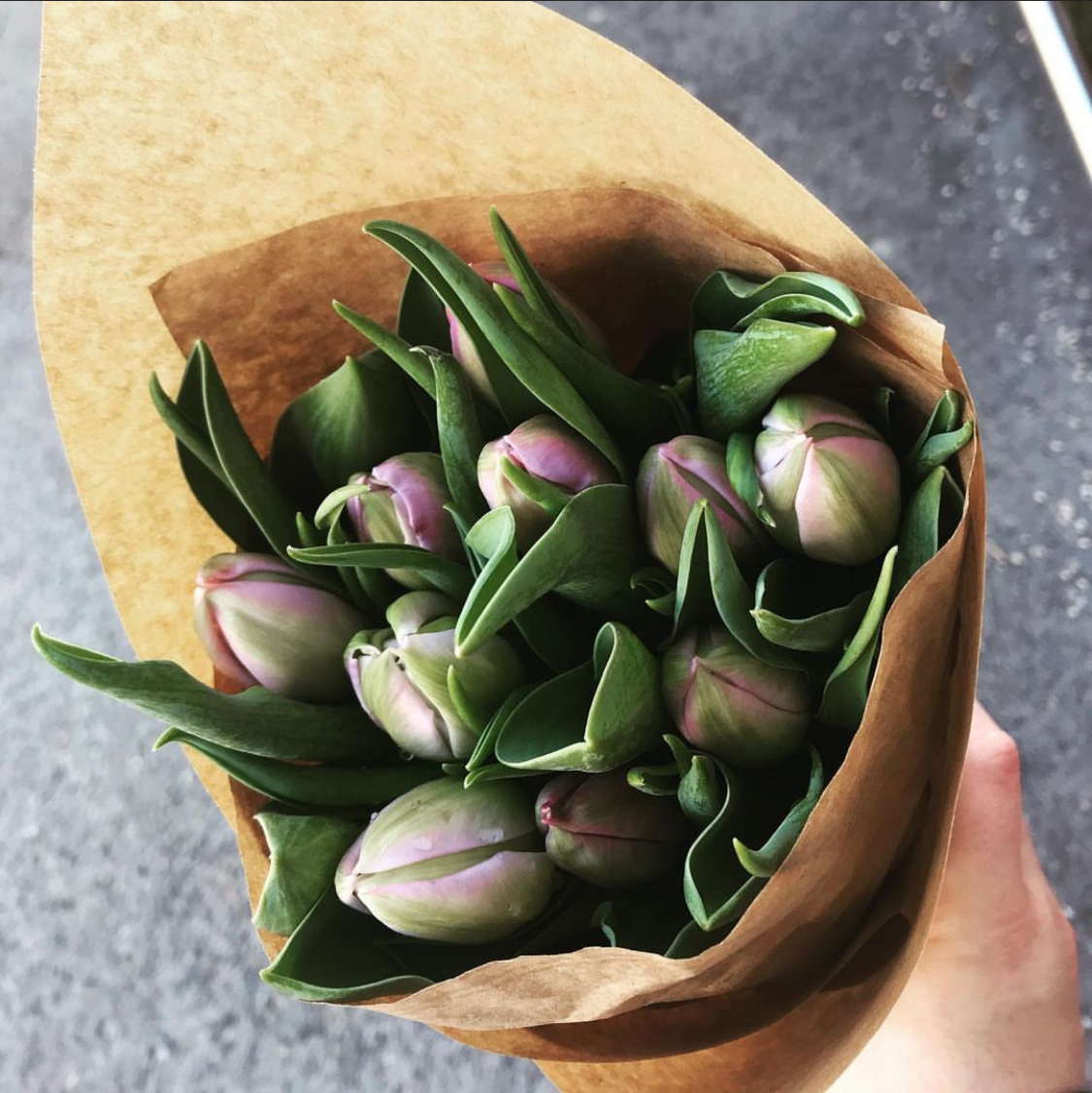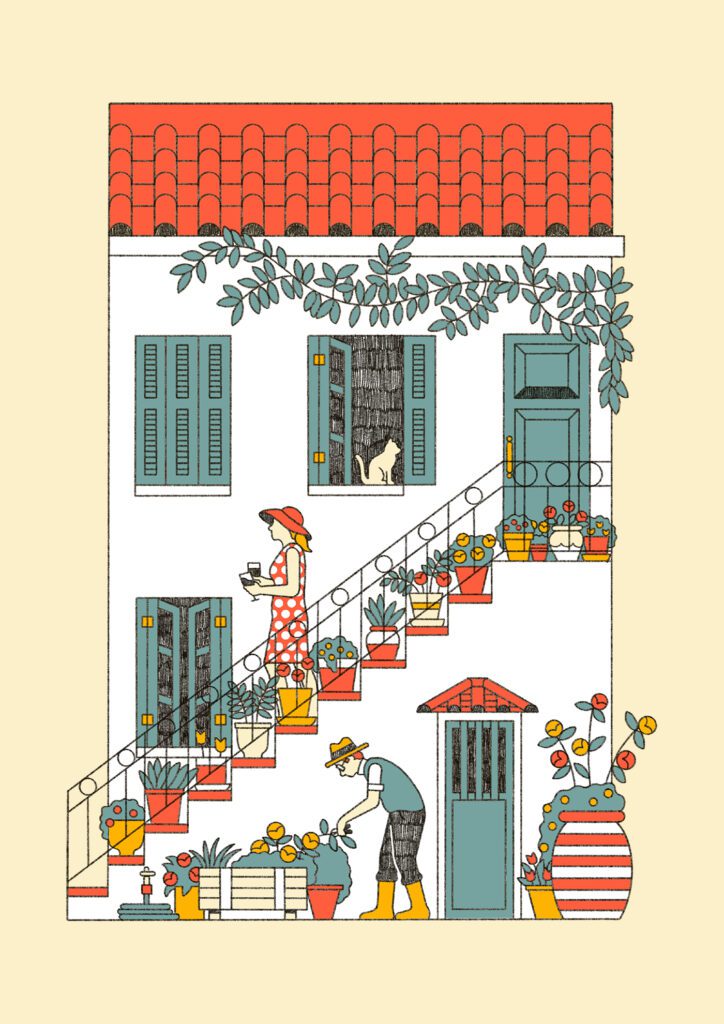

Today’s Behind The Print is taking us to both Tokyo, Japan and Bath, UK to talk to illustrator and creative entrepreneur Andrew Joyce. I have admired his work for a long time especially when it comes to his attention to detail and use of distinctive colors and his versatility. That being said, I am already eyeing a few of The Tokyoter cover prints for my future new apartment walls. Plus, I was stoked to find out that one of Andrew’s latest projects was illustrating Queer Eye Bobby Berk’s new book. Take that for creative versatility!
Today we talk about how Andrew’s career started, what made him pivot, splitting his time between Tokyo and Bath and how The Tokyoter came about, plus his refreshing take on envy…
First of all, thank you so much for being part of the Behind the Print series. Could you tell us a bit about your artistic background? What led you to illustration and how did you develop your unique style?
I actually didn’t know about illustration as an occupation till quite late. Drawing was always just something I did in the background growing up.
I knew I wanted to do something creative though and I actually thought I was going to be a designer in a studio somewhere working on lettering and logos etc.
Whilst studying graphics at uni in the UK, I was able to do an internship at a Tokyo based design studio. It was here, after completing the internship, that the studio head sat me down and kindly suggested that I was perhaps more suited to illustration as I kept drawing all the time.
I knew straight away that she was right and when I returned to the UK I specialised in illustration for the rest of my studies.
My style has changed A LOT over the 13 years so far. At first it came from wanting to fit as much detail and colour onto the page as possible, which led to commissions for detailed maps and large scale murals etc, but then at some point it flipped to the complete opposite. I wanted to make very simple drawings using basic shapes and paired down colours etc.
I feel like now I have swung to somewhere in the middle.
For me, my style came from just forgetting about what I thought other people or clients would want to see and more about what I wanted to draw that day. It gets refined over the years and hopefully becomes something unique.
Working on client work day in, day out can also bring changes to your work. There are practices I use in my drawings to this day because a client has pushed me to try something slightly different or new and it has worked. There have been one or two projects over the years where I’ve looked back and thought that if I hadn’t done that project then my work would look very different than it does today.
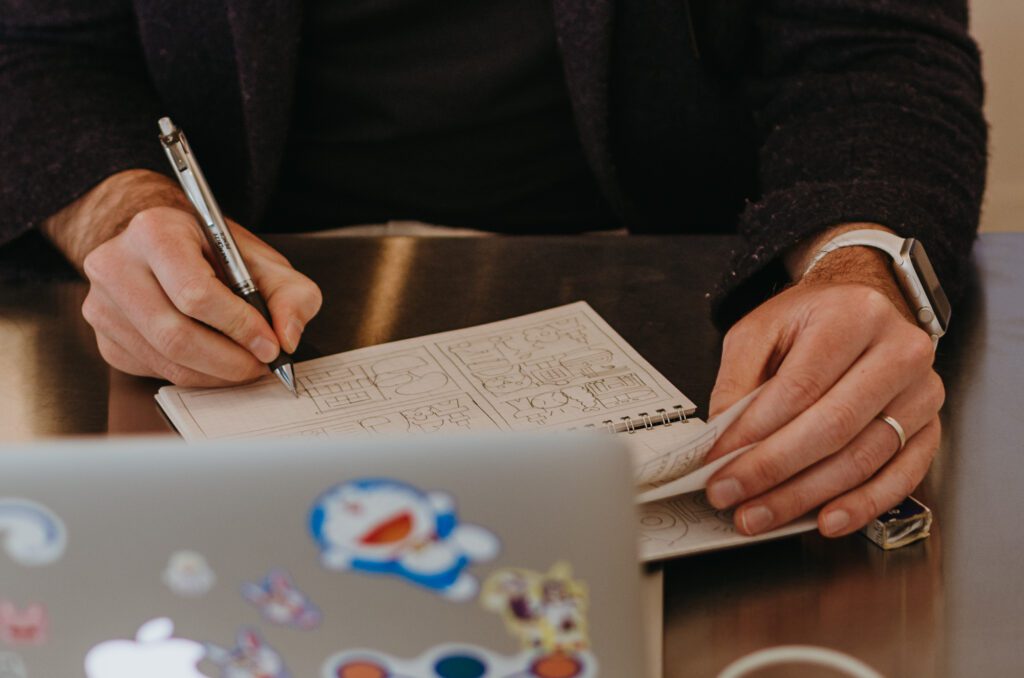
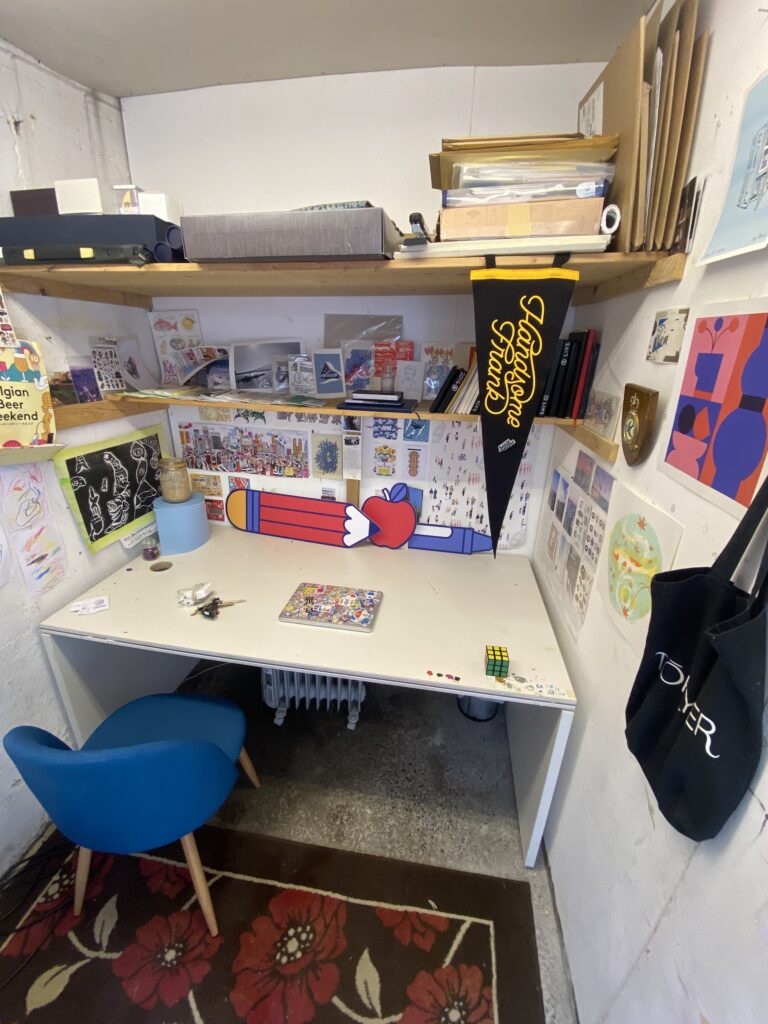
You are currently splitting your time between England and Japan. How does the place you’re living in affect your art and what are the main differences for an artist in Tokyo vs. Bath?
It’s tough to compare Tokyo to Bath because they are on opposite ends of the scale in term of size and art scenes etc. but living in Tokyo certainly did affect my drawings in the early stages. I was so inspired and excited to be there that all my work became Japan themed. I draw a lot of what is around me (buildings, people etc) and so I lost some variety in my portfolio and that was something I had to be very mindful of.
At the same time, it is such a vibrant place with a friendly and welcoming art scene that it constantly kept me inspired to push my work further. It was a great place to start my career in.
Being back in a small city in the UK is a much slower pace of life, which is one of the reasons me and family moved back here, so I think you need to rely on yourself more to find inspiration and keep pushing yourself. For me, it’s the right place to be in the current stage of my career.
You started out working with pen and paper and now work mostly digitally. In previous interviews, several artists told me that it can be a blessing and a curse simultaneously. Would you agree?
I think for client work it’s been a blessing. I got to the stage where I was working on larger and larger projects that required too much time, paper, scanning etc that it became impossible to take on more work. I reached the ceiling for that way of working.
After seeing me work on a particular project my friend, and The Tokyoiter co-founder, David told me that I can’t keep working this way and suggested that I look at going digital. Once I figured out how to re-create my style on this new platform I never looked back.
I can work much faster, I carry much less to the studio and I can work anywhere if I want to. It has given me much more freedom.
It has also pushed me to use my sketchbooks more in my free time so I dont lose that pen and paper connection.
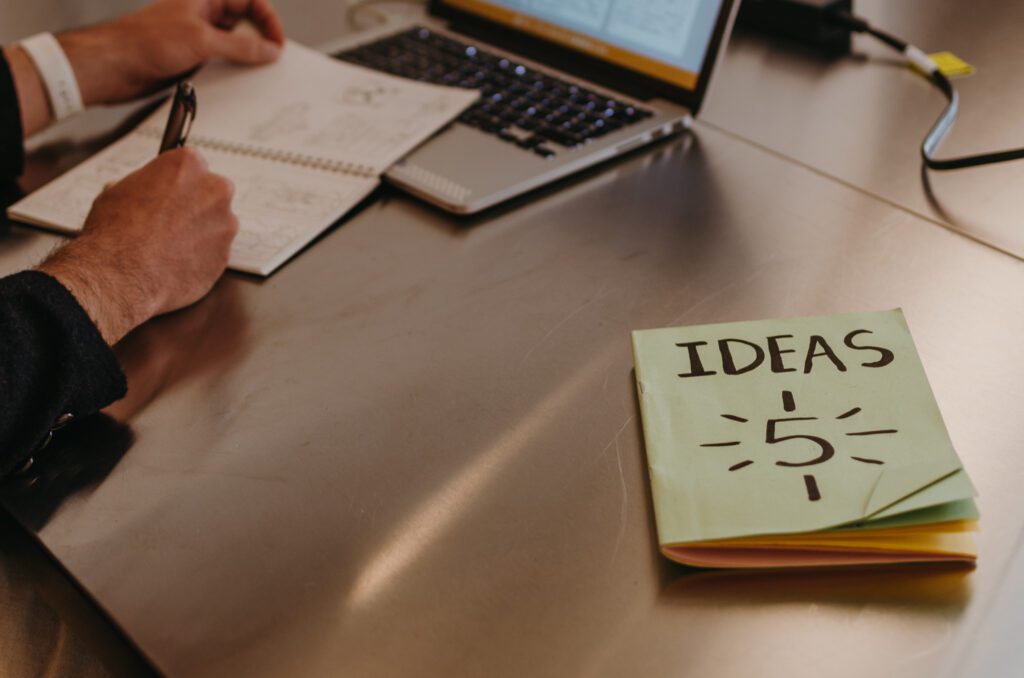
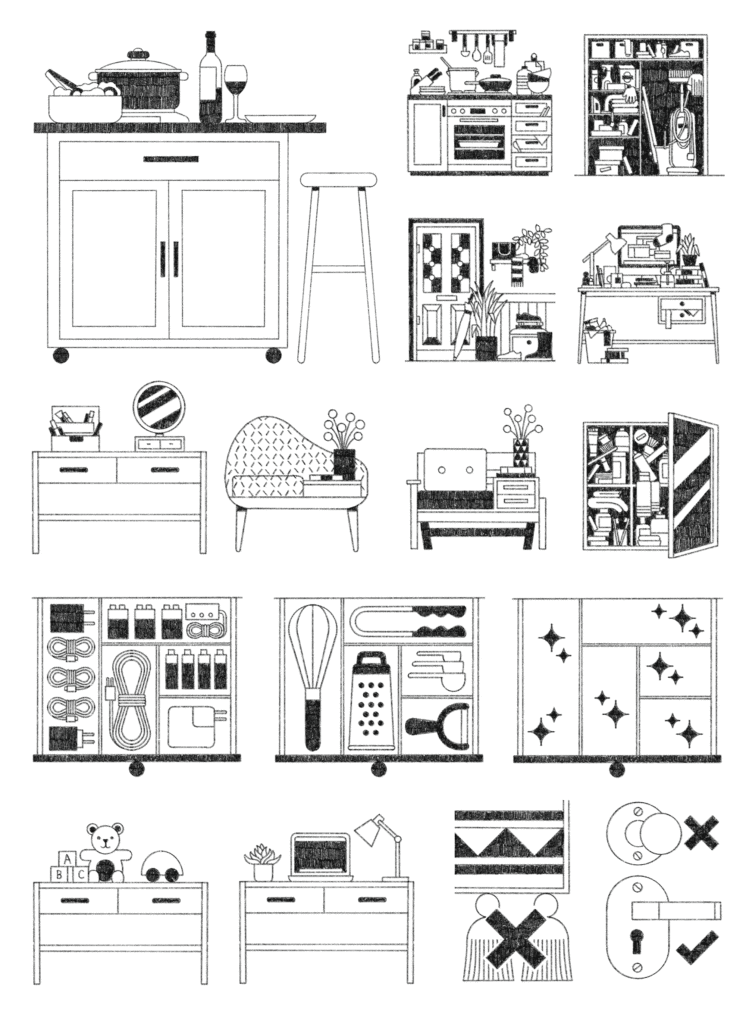
Would you take us through the average process from the idea to the first draft to the finished drawing?
Depending on the project the process differs slightly but the overall it looks something like this:
1. I read the brief and make notes on what imagery or keys notes stand out.
2. I then work in a small sketchbook and draw down very simple ideas
3. I will draw up 3-4 of these ideas very basically and send them of the client in a PDF presentation with notes
4. Based on the clients choices I draw up the ideas into detailed roughs. All compositions and details will be up to a final level here
5. If the client has no changes then I will draw up the linework
6. I’ll provide a few options and send this back to the client
7. Based on their choices, I finish the final file and send it off.
What or who inspires you the most?
Anything/ anywhere really. Today I walked past a local gallery and saw a painting in the window with a really nice composition and I instantly had an urge to draw. I got to the studio made some small sketches straight away and now I’m hoping for some spare time to be able to draw them up.
I think its little moments like this where I get excited again about creating something new or pushing my work a little further that keeps me inspired and excited to create work.
Assuming not all work days are alike. What does a typical full-time workday look like for you?
I’m actually really interested in the daily routines of other artists. If anyone’s interested then I try to make regular posts on my socials about what my daily routine looks like!
A basic day starts with drawing something for myself. No overthinking, just draw and put it away.
I then make my way to the studio, which is about 15 minute bike ride away, get a coffee and catch up with emails.
I’m a bit of a list maker so after emails I check my to-do list for the day and start working through it.
Depending on what stage of a project I’m on, it usually involves drawing up a rough or final, adding colour to some final line work and sending it off to the client.
I try to take one day a week to dedicate to The Tokyoiter but I also answer emails and do admin here and there throughout the week.
Lastly, If I have time I’ll upload something to social media. I assume like most people, I have a love/ hate relationship with all platforms but I try to keep a healthy balance and maintain a presence online to the people that are interested.
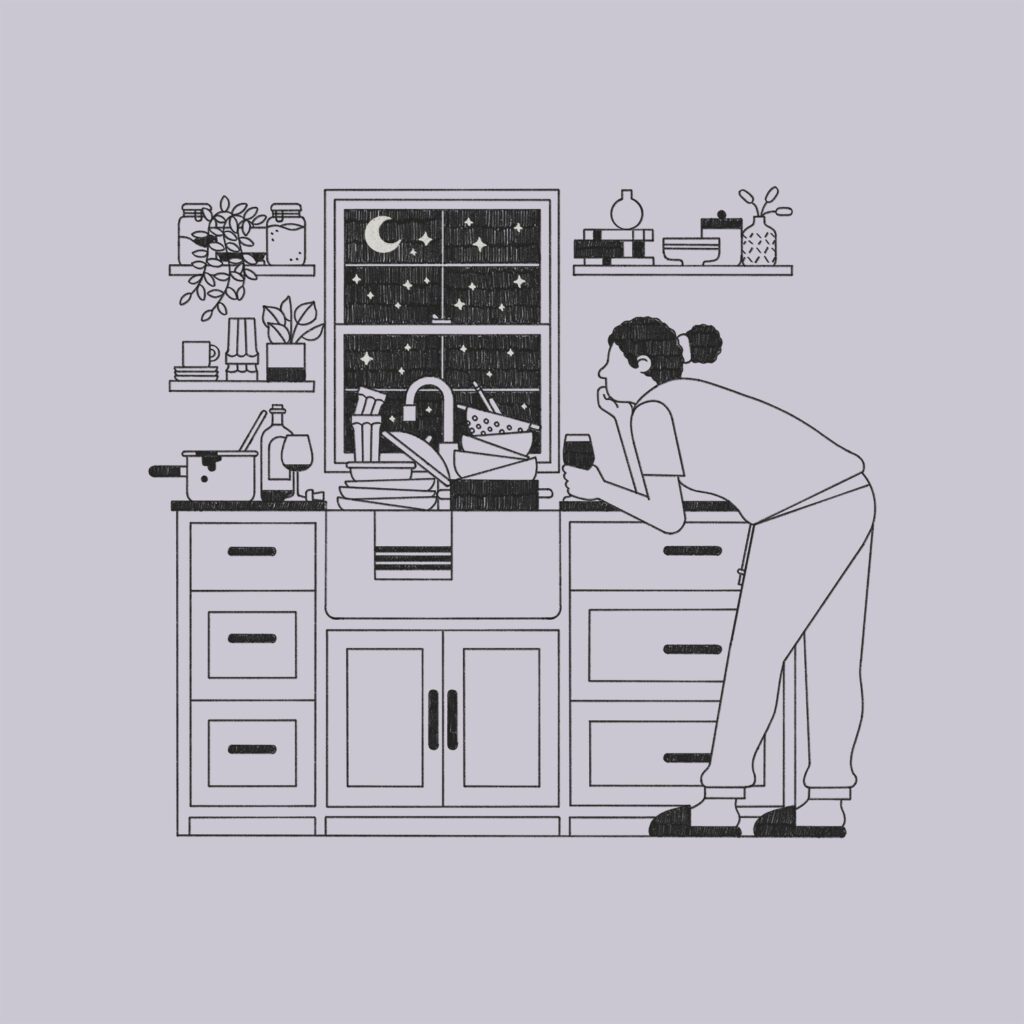
Tell us about The Tokyoiter!
The Tokyoiter is a project started by French art director David Roberts and myself in 2015.
We had both been living in Tokyo for a little while and knew each other from art events.
It turned out that we were both really interested in how other illustrator recorded their experiences in Tokyo and so we created a format that could help promote these amazing artists work.
We really hoped to get away from the stereotypical imagery of Japan and Tokyo and see a genuine representation of someones experience of the city.
We are both fans of The New Yorker covers and the way their artwork has shone a light on life in New York over the years so, with their blessing, we thought it a perfect format to showcase our project.
We currently have around 100 covers from artists all over the world with new covers coming in all the time. Over the years we have created events and exhibitions in order to showcase the amazing artwork and help promote the artists and we are really excited about what we have coming up over the next year!
Since manifesting is the thing to do right now, I wonder, what brand would you love to work with after working with household names like Apple and Adidas?
A perfect project for me would be something that involves travel. Something that sends an illustrator off to explore a place and record it.
Over the past few years I’ve been working with Japanese travel company Tokyo Islands exploring the tropical islands near Tokyo. Each time I got back to Japan they show me around a new island and I record as much of its as possible. We then use these drawing to help promote the islands and their local businesses!
I would love to expand this way of working to other parts of the world and local businesses.

Have you ever experienced certain (online) negativity when it comes to your art? How do you deal with it?
I’m not really well known enough online to get much negativity. There have been comments online here and there but nothing too serious.
The whole process of illustration, from uni up to client work is a constant process of hearing critiques and requests for changes so you need to get use to hearing critiques of your work pretty quickly.
I still get excited to create the next things though so overall, it doesnt matter.
Do you have a favorite print or artwork by another artist you purchased or wished that was your idea?
Nah. It was their idea and if I own it then I love it. If it made me envious or jealous then there would be no point having that in my life.
You recently illustrated Bobby Berk’s new book Right At Home. Being a big interior design fan and Bobby follower myself, how did that project come your way and what was your process illustrating the chapters so beautifully?
I was contacted directly by Bobby’s publishers telling that he was working on his first book and would I like to work on it together as the illustrator.
The idea of illustrating room interiors sounded like a dream job so I instantly said yes.
At first, the publishers provided me with a list of illustrations required for each chapter. The list was quite daunting at first but the actual process of drawing everything turned out to be really fun. I love drawing furniture and interior design so it was a perfect match.
The publisher already had a solid layout for the book and knew everything that was required illustration wise ahead of time. Now and again certain drawings had to be scrapped though, or in some cases, extra illustrations added where there was a new space or change in layout. These parts always felt like a collaboration as they were open to ideas and suggestions about what could drawn up or highlighted to fill this new space.
Bobby himself gave really useful feedback, and minimal comments for the illustrations where I actually had to draw him, which I was very relieved about.

Last but not least, what do you do to recharge your batteries? Active rest is so important and still such a no-go in today’s hustle culture. Can you speak on that from your perspective?
All my other interests are far away from illustration or drawing. I’m not someone that has to draw everywhere I go. I like to switch off and do other things (although I do always bring a sketchbook just in case…)
Seeing new places, trying new food and running are my interests at the moment. I have two young children who love travel so we spend all our time out and about finding new places to explore.
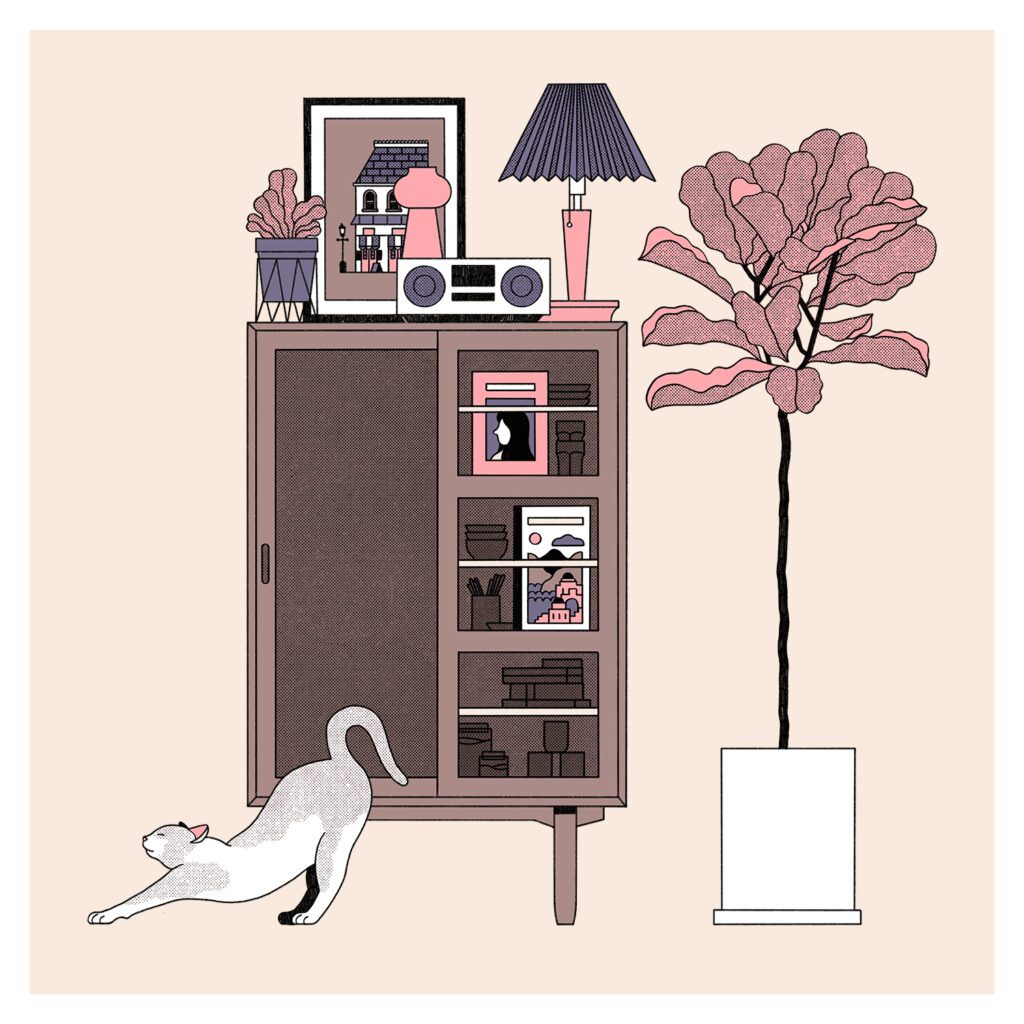
Thank you so much for taking us Behind The Print today, Andrew!
Make sure to check out the The Tokyoiter and Andrew Joyce Illustration and follow along!
(All images courtesy of Andrew Joyce)
